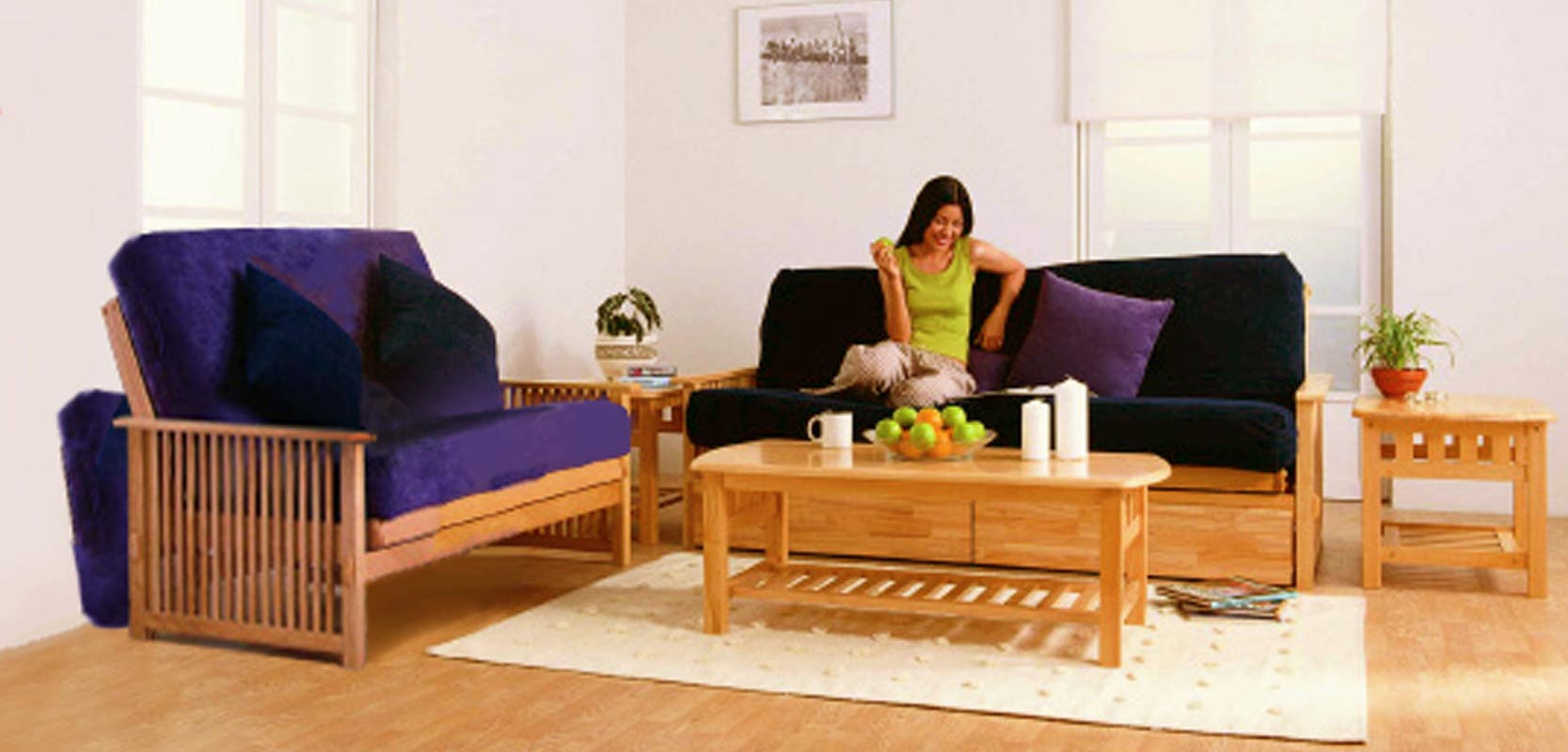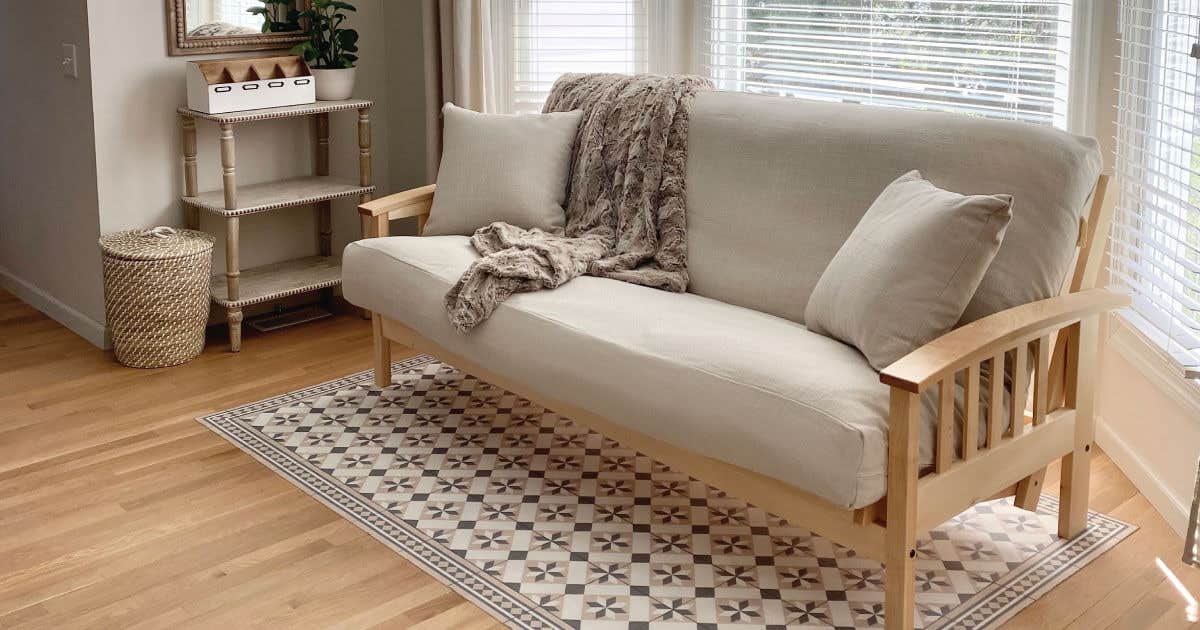
Futon manufacturers deal with issues that traditional sofa bed makers do not have to deal with. The main issue is constructing a beautiful frame that is also structurally robust enough to withstand the stress of use, but not so bulky that it is off putting. Most futon frames are made entirely of finished wood. This wood is not covered with upholstery, so it must be clear and free of knots or other defects. This can add considerable cost and design restrictions to the frame. Traditional sofas and modern sofa beds can use heavier, unfinished woods that are not clear and may contain particle board or plywood rather than solid wood. It is hidden under layers of padding and fabric that is usually glued and permanently attached to the frame.

A wood futon frame does not have the luxury of being able to hide under layers of fabric. The wood must look appealing without any wood imperfections. Common woods used in futon furniture manufacturing include oak, ash, pine, maple, and cherry. The type of wood strongly influences the price of the frame with pine generally being the least expensive and hardwoods more expensive. Quite a few companies construct their frames from Southern Yellow Pine, a very hard (as pine goes) and heavy species. Because of its characteristics, Yellow Pine lends itself very well to the stresses convertible futon frames undergo. Other types of pine will not lend themselves for use as futon frame. Most of these woods are too light and brittle to handle the stresses of converting a futon frame multiples times, much less with an additional 60-80 pound futon on it.
The choice of wood is important for the structural support of the frame, however, how the frame is constructed is another aspect of the frame to consider. A futon frame generally consists of 6 parts; the back section; the seat section; two stretcher rails and two arms that connect the stretcher rails together. Check that the futon frame you select has metal-on-metal connectors. Bolts or screws that go directly into the wood at the major junctions will eventually strip the wood over time. Many futon frames use hex bolt and barrel nut connections. This offers sturdy support and should last the lifetime of the frame. Futon Frames by Lifestyle Solutions offer reinforced joints for added support.
Bi-Fold & Tri-Fold Futon Frames


Some manufacturers make futon frames using pine or aspen slats that rest inside a hardwood framing. Lower quality, softer, less dense woods which can break or crack under normal use being used for the slatted portion of a futon frame can be a gamble. Look for futon frames that use the same high-quality materials throughout their whole construction, such as those manufactured by Strata Furniture or Lifestyle solutions.
Futon Inspo
Everything You Need To Know About Futons
















